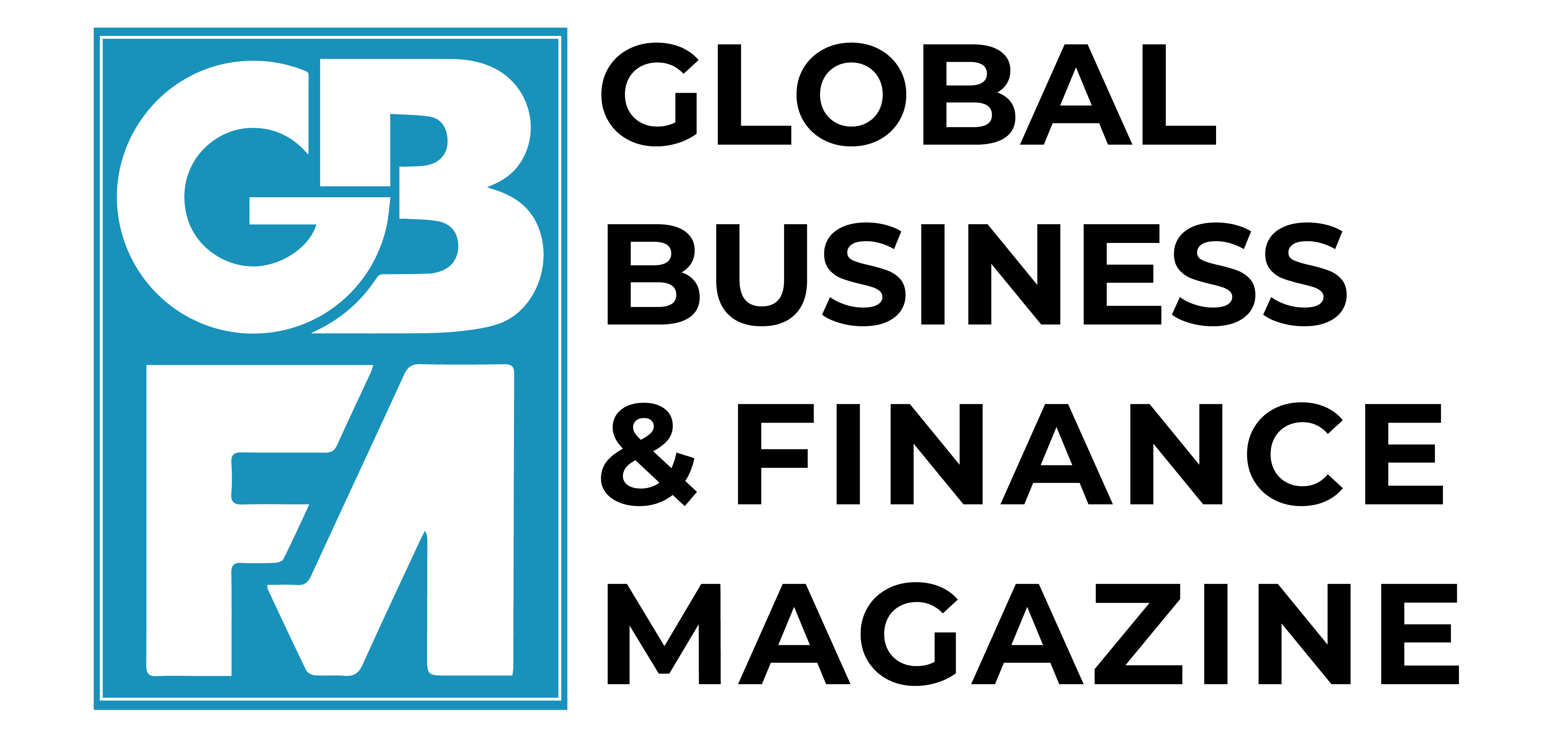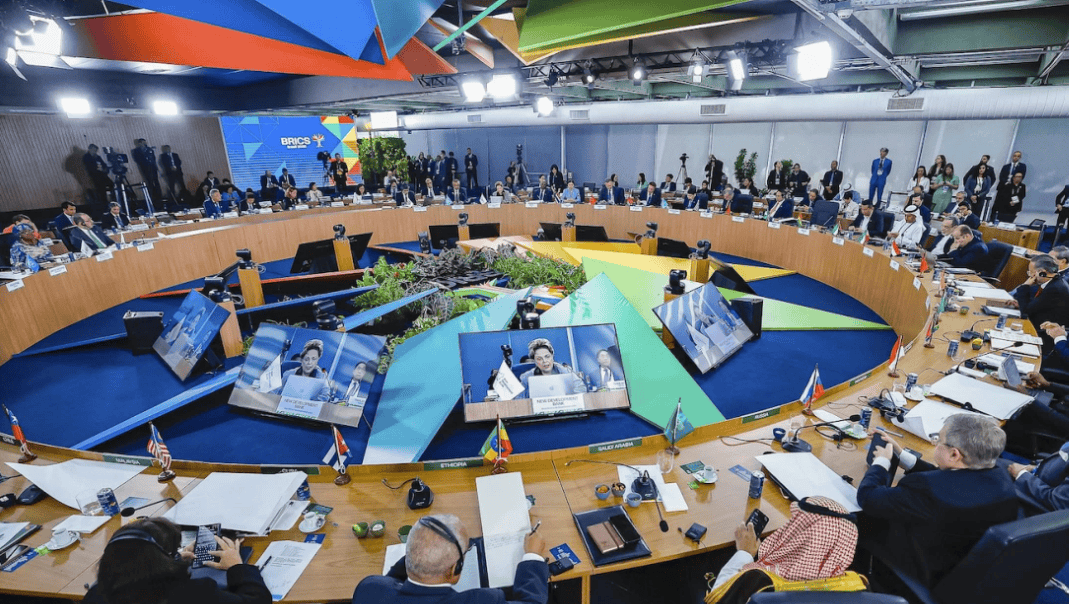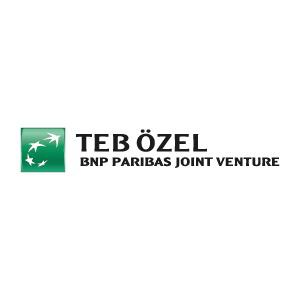The downing of a Russian SU-24 fighter jet by Turkish forces in November 2015 led to a swift embargo by Russia on Turkish goods and services, and provides a unique opportunity to study the effects of trade sanctions on firms. This column analyses the impact of the embargo using detailed administrative data covering all Turkish exporters. The results show a near-complete stop of sanctioned exports to Russia, significant shifts to other markets, and lasting effects on firms’ domestic sales, supply chains, and employment. The findings highlight how firms adapt to trade shocks and provides useful lessons for policymakers designing sanctions.
Economic sanctions have become a frequent tool in global diplomacy, deployed to influence political behaviour without resorting to military intervention. The sanctions imposed on Russia since 2014 illustrate their prevalence and their critical role in shaping international trade and economic relationships.
Recent episodes, such as the sanctions on Iran, North Korea, and the escalating measures against Russia following its invasion of Ukraine underscore their broad effects on global markets (Haidar 2017, Hinz and Monastyrenko 2022). Such measures often reshape trade patterns through diversion effects (Crozet and Hinz 2016) and can have profound firm-level impacts, with businesses either adapting to restrictions or struggling to maintain operations.
In a recent study (Aytun et al. 2024a), we examine the firm-level effects of Russia’s embargo on Turkish exports following the 2015 military incident between the two nations. This case provides valuable insights into the resilience and vulnerabilities of firms facing trade disruptions.
Context: The downing of the Russian SU-24
The event triggering the embargo was a significant geopolitical confrontation: in November 2015, Turkish forces shot down a Russian military jet near the Turkish-Syrian border. In response, Russia imposed immediate and unilateral economic sanctions targeting Turkish exports across specific sectors.
The embargo, which lasted 22 months, covered 17 products, including agricultural goods, foodstuffs, and other key items. This created a clear and exogenous shock to trade, as the sanctions were politically motivated and unrelated to economic or market conditions.
The specificity of the targeted products and the suddenness of the measures provide strong identification, enabling precise comparisons between embargoed and non-embargoed products, affected and unaffected firms, and pre- and post-embargo periods. These unique characteristics make the embargo an ideal natural experiment for analysing trade disruptions and firm-level adjustments.
Empirical approach and data
Our analysis leverages a comprehensive set of administrative datasets pooled from multiple sources. The first source is custom data, providing export flows at exporter, destination country and six-digit HS product level. The second source is domestic network data obtained by the Ministry of Treasury and Finance, which collects firm-to-firm transactions using the invoice records. The final source is employer-employee data from the Social Security Institute (SSI), which allows us to aggregate firm-level employment and average wages.
By merging these datasets, we construct a detailed view of firm activities, capturing export patterns, domestic operations, supply chain dynamics, and employment trends. The integration of these sources allows us to examine the interplay between international trade disruptions and domestic economic adjustments at the firm level.
We use two approaches to analyse the effects of the Russian embargo on firms. First, we apply a triple-difference method to study the trade outcomes of firms, comparing sanctioned and non-sanctioned goods, exports to Russia and other destinations, and pre- and post-embargo periods. Following the novel estimation strategy proposed by Aytun et al. (2024b), we combine firm-level data from Türkiye with country-product-level data from UN Comtrade to include proper fixed effects for structural gravity model.
Second, we use a difference-in-differences method to examine other firm outcomes, such as domestic sales, supply chain relationships, and employment. To ensure accurate measurement of the impact of the sanctions, we calculate each firm’s exposure to the embargo based on their export basket before the sanctions were imposed. This enables us to quantify the degree to which firms were affected by the restrictions.
Both analytical methods focus on firm-level impacts, providing a detailed and comprehensive understanding of how the embargo disrupted trade and influenced firms’ broader economic activities.
Trade effects of the embargo
The embargo caused a dramatic decline in Turkish exports of affected products to Russia, effectively wiping out trade in these categories. Using our triple-difference specification, we estimate that exports of sanctioned goods fell by nearly 100% during the embargo period.
But firms demonstrated remarkable adaptability, with many redirecting exports to alternative markets. This trade diversion was particularly pronounced for perishable goods, such as fruits and vegetables, which saw increased flows to neighbouring countries with strong historical and economic ties to Russia.
Our analysis also reveals unintended consequences for non-sanctioned goods. Firms exporting these products to Russia experienced declines as well, which was likely to have been due to logistical disruptions and heightened uncertainty. Despite these challenges, trade patterns began to normalise following the lifting of sanctions, although absolute trade volumes remained below pre-embargo levels (Figure 1).
Figure 1 Exports of embargoed products to Russia, diversion countries and the rest of the world


Note: The chart illustrates the levels of exports of embargoed products from Türkiye to Russia (dark blue), diversion countries (black) and the rest of the world (dark green), normalised by their average monthly values in 2014 and 2015. The first dashed line marks the common period of sanction imposition, with subsequent dashed lines indicating lifting dates for product groups.
Impact on other firm outcomes
Beyond trade, the embargo had significant repercussions for firms’ domestic activities. To investigate these effects, we linked export data with administrative records for domestic sales, purchases, and employment. Our results show that firms that were heavily reliant on exports to Russia experienced declines in domestic sales and procurement during the embargo period. These disruptions extended to their supply chains, with affected firms reducing the number of domestic suppliers and purchases of embargo-related inputs.
Employment effects were similarly pronounced. Firms exposed to the embargo reported temporary reductions in workforce size, reflecting adjustments to reduced operational scales. But these labour market impacts dissipated after the sanctions were lifted, indicating that firms were able to recover their employment levels over time.
But while some negative effects subsided, others proved more persistent. For example, procurement activities and supplier relationships remained subdued even after trade with Russia resumed. This suggests that the impact of the embargo extended beyond its immediate duration, reshaping firms’ domestic and international operations in lasting ways.
Conclusion
Our findings reveal that the Russian embargo not only disrupted trade flows but also induced significant domestic economic adjustments. While trade diversion to neighbouring markets mitigated some losses, firms still faced reduced domestic sales and weakened supply chains. Larger and more diversified firms were better equipped to navigate these challenges, whereas smaller firms struggled more significantly, highlighting the varying adaptability across firms.
The study underscores the broader implications of sanctions as a policy tool. Although they can achieve geopolitical objectives, their unintended economic consequences extend beyond targeted firms or industries. Policymakers must design sanctions carefully to balance political goals with economic realities, fostering resilience and mitigating long-term disruptions in global and domestic markets.
Source : VOXeu



































































